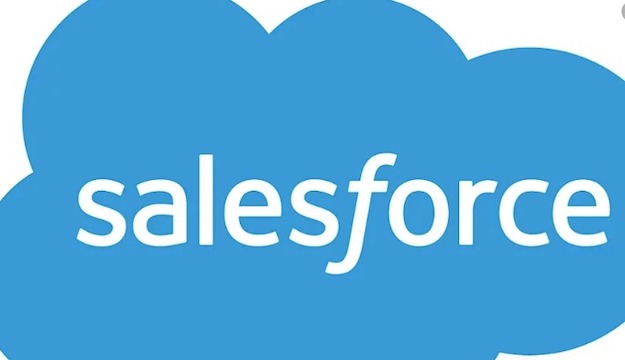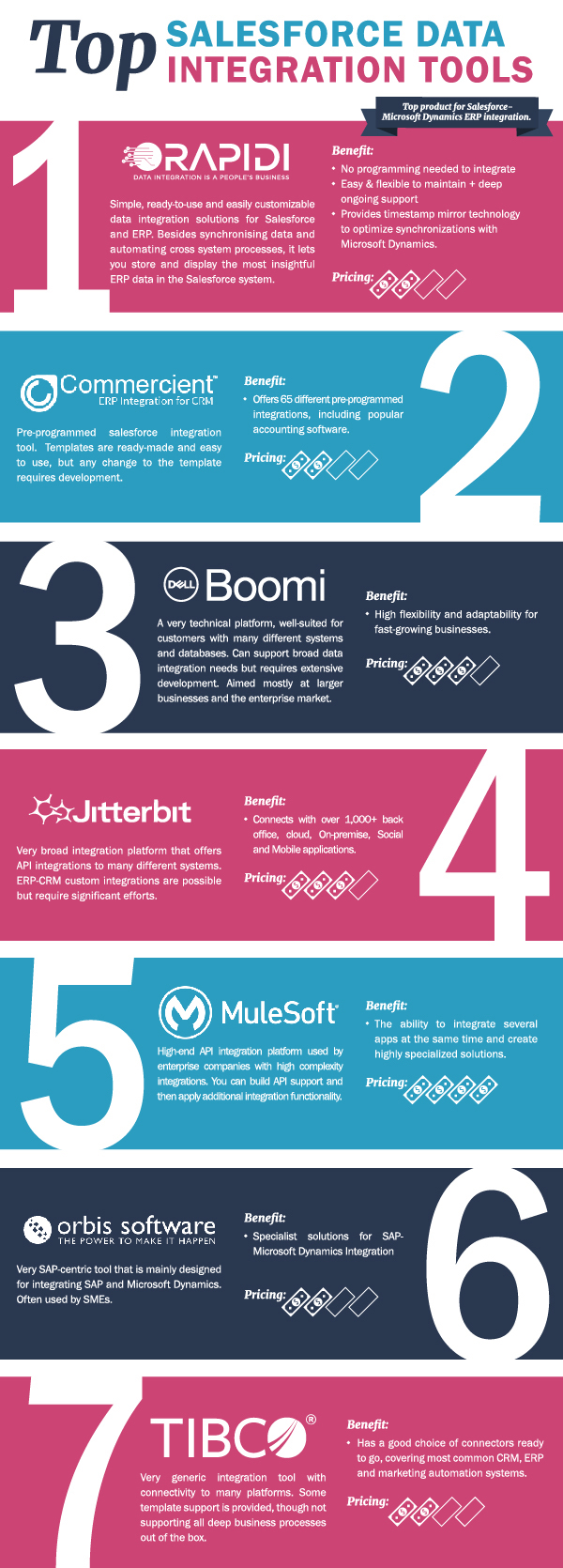Salesforce is the go-to CRM for many thousands of businesses around the world. It helps you keep track of sales and leads, giving you all the information you need to follow up enquiries, close deals and grow your business as efficiently as possible. It banishes the need for spreadsheets and hastily-written notes.
As it’s cloud-based, it’s pretty easy to implement. Particularly for smaller businesses, without a big IT department, the idea of implementing a CRM can seem daunting. But with Salesforce, you don’t need an army of technical support to get going.
Here’s what you do need.
A clear idea of your goals for Salesforce
What is it you want from Salesforce? You might want to use it to:
# Streamline your sales team’s work, so that they’ve got all the information they need in one place and can quickly follow up on new leads.
# Build loyalty with your existing customers, making it easy for them to get their questions answered and their complaints dealt with.
# Gather all your marketing data in one place so that you can reach and engage new audiences.
# Put in place sales and marketing automation to save resources and free up staff time to work on strategy and winning clients rather than admin.
As with anything, getting clear goals in place before you start is vital to success. The functionality of Salesforce is huge and the outline goals above are just that – outlines. To set detailed goals for your business, you need to spend some time exploring the software and working out where you want to focus your initial efforts.
Salesforce offers a 30-day free trial and has lots of detailed information on their website so it’s easy to see what you can do with it. Remember to be realistic about what you can achieve now. If you’ve never used a CRM before, you might want to start with streamlining admin and data management, and then add automation and analysis once you’ve got the platform up and running.
A plan for integrating Salesforce with other applications
One of Salesforce’s great strengths is that it is easy to integrate it with other software. You can, of course, use Salesforce without integrating it, but most businesses find that they get significant value out of integration.
Integration with an ERP, such as Microsoft Dynamics, is one of the most common integrations because it allows you to share all the data you hold about your customers right across your business. You’ll probably want to use Salesforce on its own for a few months to see where you can get the most benefit from an integration, but it’s worth thinking about at the beginning of the process. Unless you’ve got lots of on-site technical help, you’ll need support. This infographic is a good starting point for choosing a provider.
Someone to lead the process
Sounds obvious, but it’s easy to forget to make sure there’s one person who can lead the process. Salesforce implementation often crosses a few different teams, so make sure you’re clear on who the buck stops with.
In conclusion, Salesforce is designed to be easy to implement. To make it even easier, be as clear as you can about what you want from it and be willing to adjust your goals as you begin to see what it can do.


